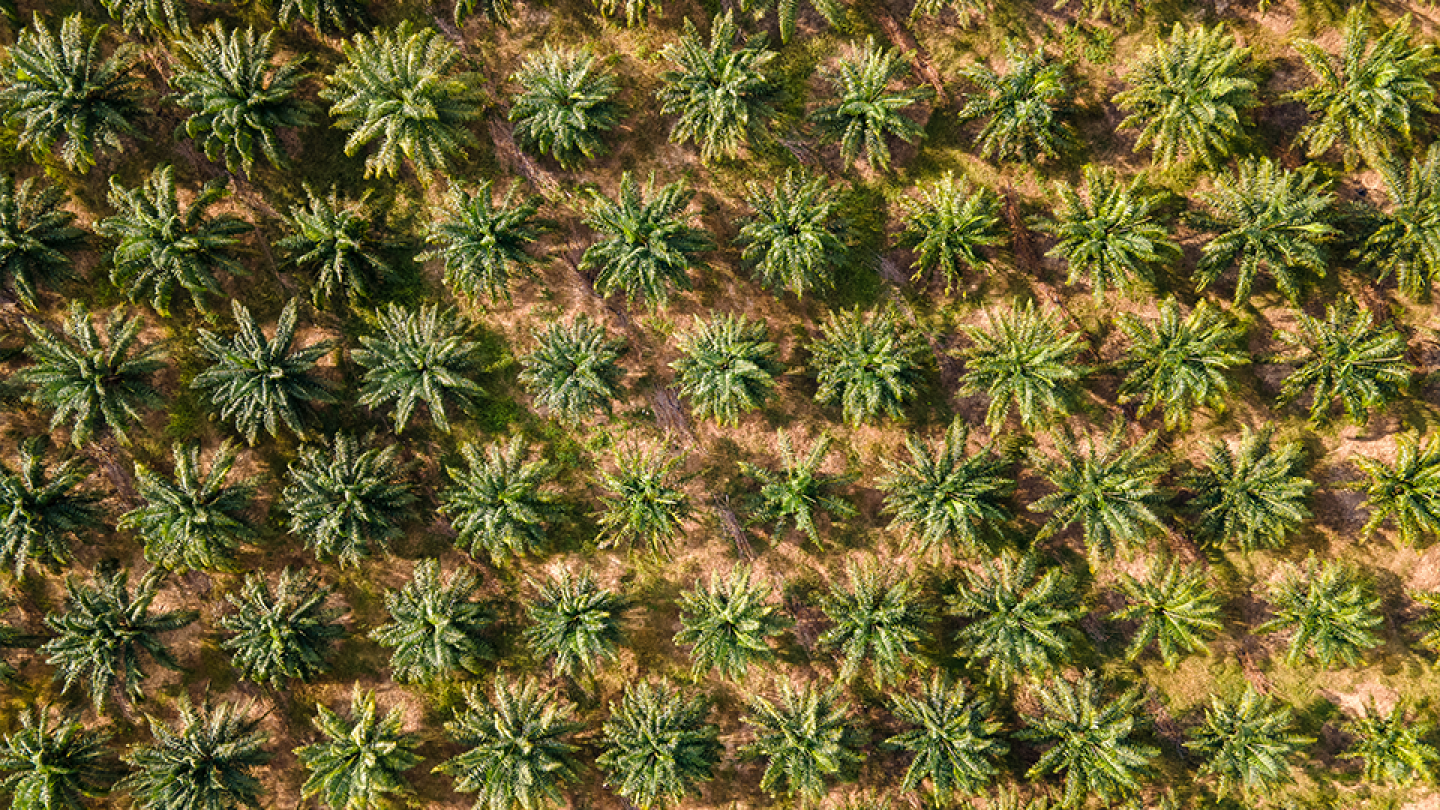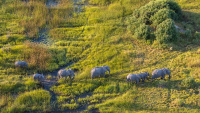
Wildlife populations has fallen by 73% over the last fifty years, as revealed in WWF’s Living Planet Report1. Biodiversity loss presents profound risks to the economy and to financial markets, undermining the long-term value of companies and threatening the stability of investments. At Candriam, we consider biodiversity to be a core investment risk, as articulated in our publication Biodiversity: The New Investment Frontier, where we examined how the depletion of nature directly affects issuers and investors alike.
Palm oil emerged as a focal point for our biodiversity-related engagement campaign from 2023 to 2025. Because of its far-reaching environmental and social impacts, palm oil represents both a biodiversity risk and a systemic supply chain challenge. It is the most widely-used vegetable oil globally, prized for its high yield and low production cost. It accounts for roughly 40% of the world’s vegetable oil use and is found in a vast array of food and household products.
However, its cultivation is a major contributor to deforestation, ecosystem degradation, and loss of biodiversity, particularly in Southeast Asia and parts of Latin America. The palm oil value chain is notoriously opaque and complex, making traceability a persistent challenge. These concerns are compounded by the European Union’s Deforestation Regulation (EUDR), which places stringent due diligence obligations on palm oil imports to curb deforestation and uphold environmental and social standards. Although the directive’s application has been delayed from the original December 2024 date to December 20254, it continues to influence corporate behaviour and investor expectations.







